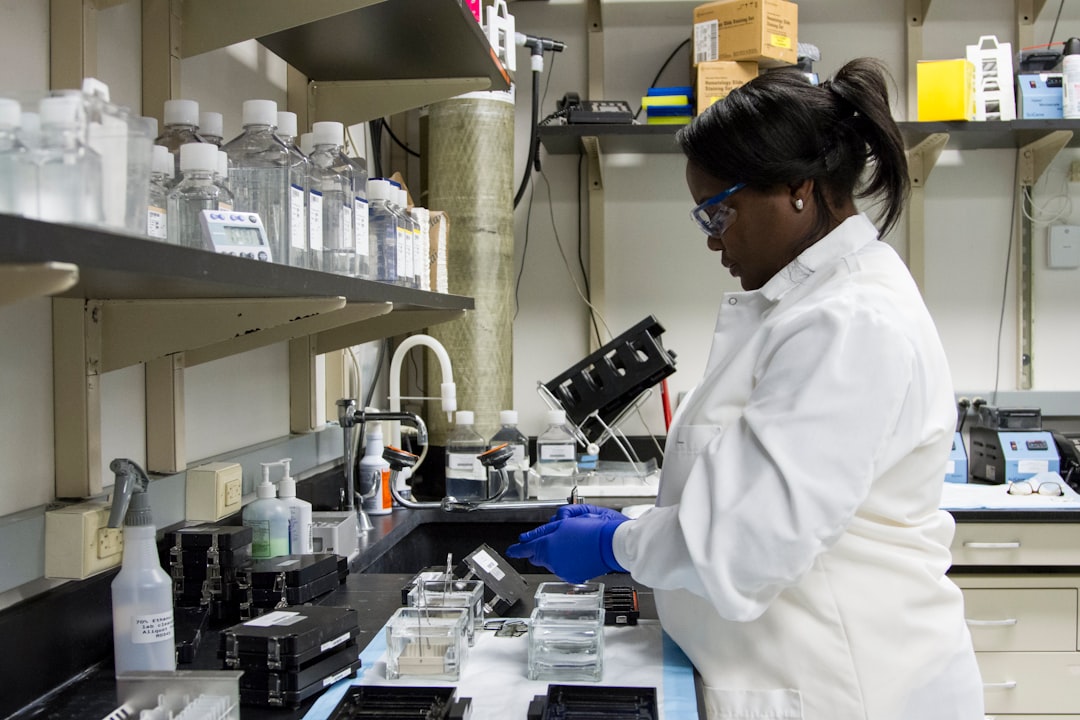What is it about?
Cheeses from Azores with varying curd dry salting treatments were made with decreasing levels of salt (sodium chloride). The cheeses were ripened at 11 °C over a 40-day period, and the effect of lowering salt on the physicochemical, microbiological and sensory properties of the cheese was studied. Reduced salt resulted in a concomitant moisture decrease with protein increase, ash and sodium reduction among experimental cheeses at the same ripening day, but there were no significant differences in pH, acidity and fat, or in the microbiological quality. Triangle tests indicated perceptible differences between test and control cheeses at the level of 2% NaCl (w/w) or less, but not with the cheese salted with 3 g NaCl/100 g. Considering the sensory, the physicochemical and the microbiological results, the cheese formulated at 3% NaCl (w/w) (presenting a reduction of 25% in salt) is feasible on an industrial scale, being indistinguishable by the regular consumer.
Featured Image
Why is it important?
Salt reduction is important once high levels in food is causing health problems. But this reduction is technologically difficult once salt has also technological functions.
Perspectives
we were able to reduce salt content in a cheese from Azores islands by 25% without effects at the sensory, microbial, and chemical aspects
Dr Ana Luisa Fernando
Universidade Nova de Lisboa
Read the Original
This page is a summary of: The effect of lowering salt on the physicochemical, microbiological and sensory properties of São João cheese of Pico Island, International Journal of Dairy Technology, February 2015, Wiley,
DOI: 10.1111/1471-0307.12198.
You can read the full text:
Contributors
The following have contributed to this page










